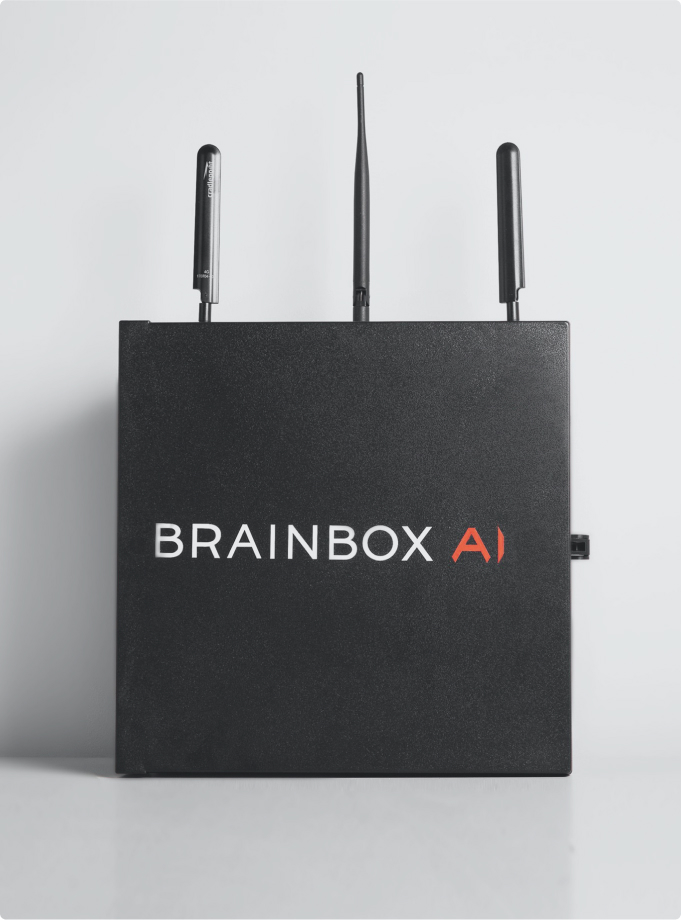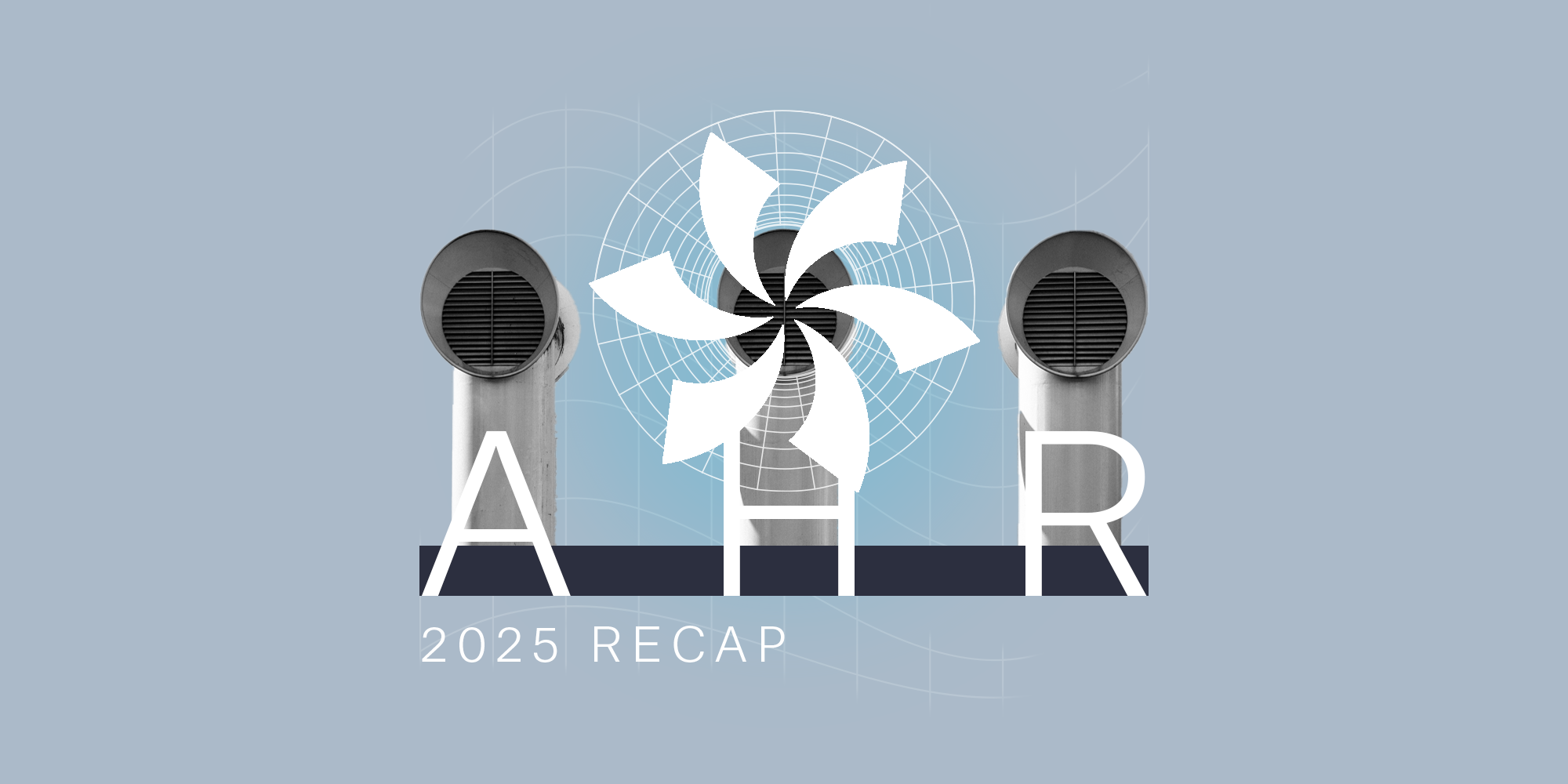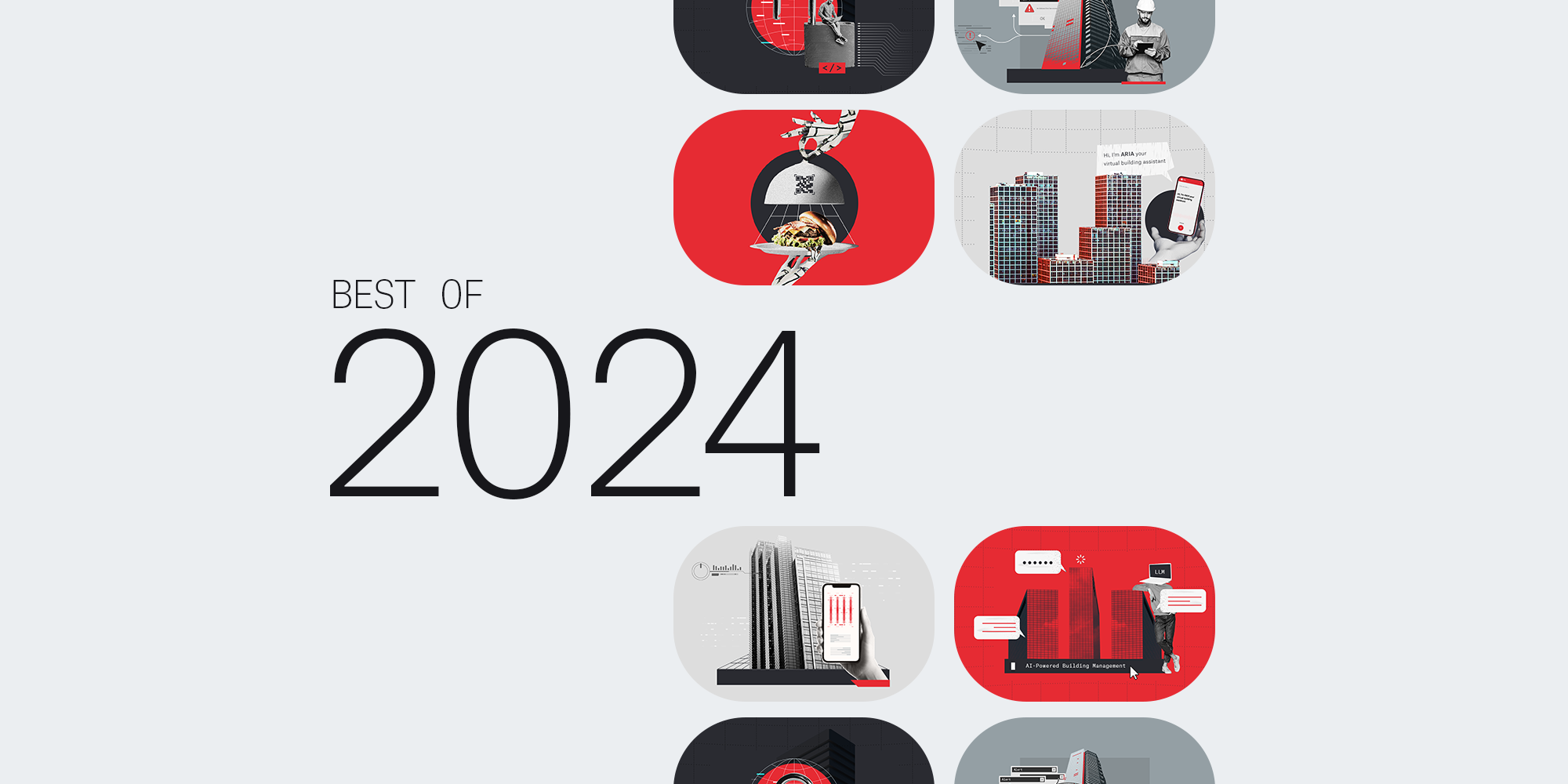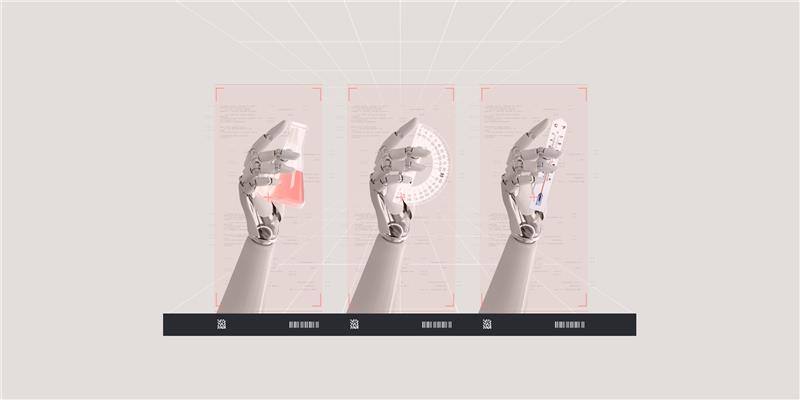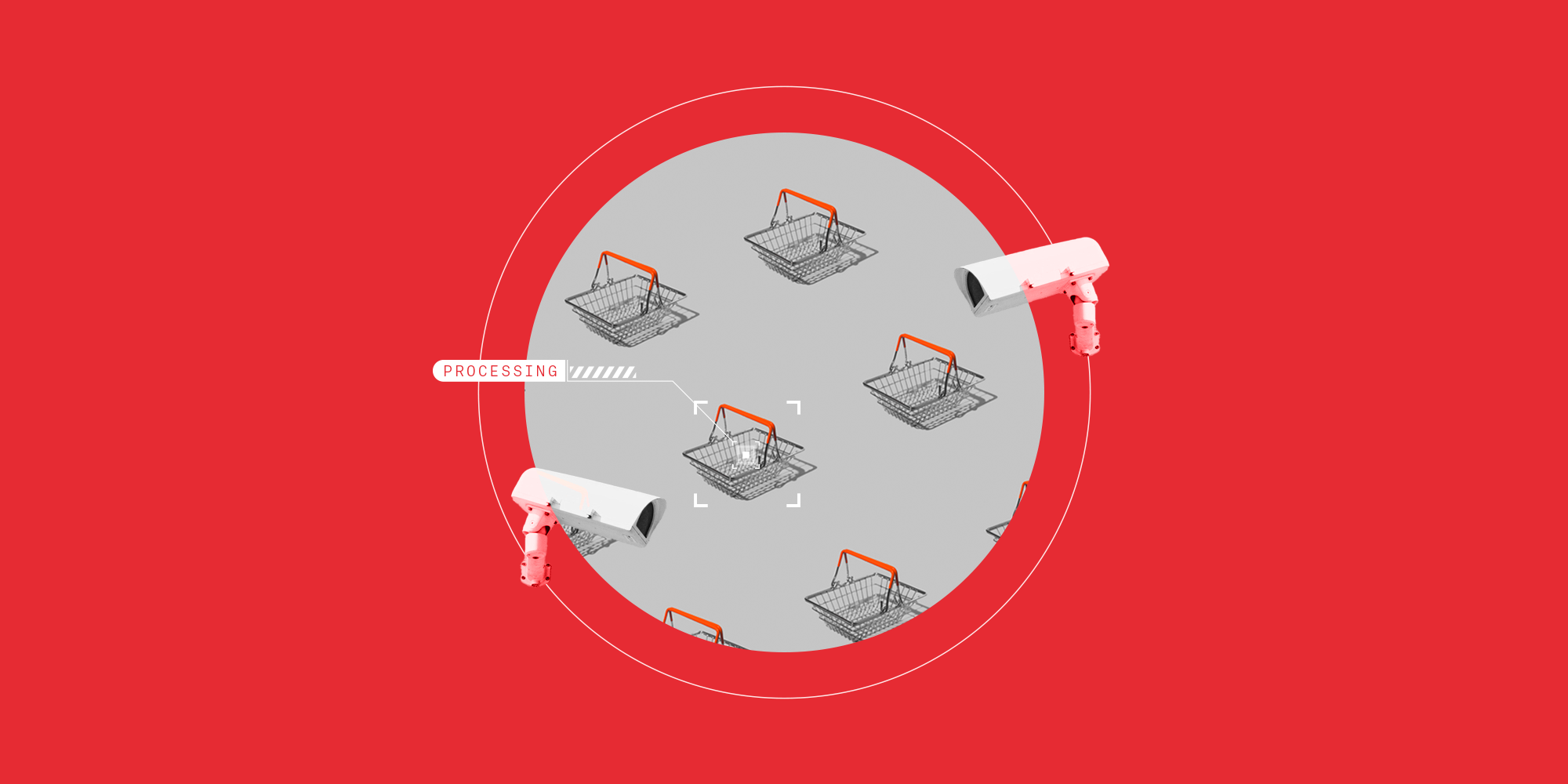Decarbonization strategy checklist: 10 questions to shape your roadmap

You want to leap into an emissions reduction strategy with both feet. And that enthusiasm will take you far. But as with anything in business, a certain amount of pre-leap groundwork is needed to succeed. That’s why we’ve compiled a list of 10 questions you and your stakeholders must answer to get the ball rolling in the right direction. This will ensure your priorities are aligned, your plan is congruent, and your strategy is executed without a hitch.
- Why do we want to reduce our emissions?
Understanding your motivation is key to any well-defined, purpose-driven emissions reduction strategy - keeping you committed and helping to shape and define your project’s goals. It also helps you choose the right emissions-reduction strategies for your business, enabling you to allocate resources effectively.
For example, if your primary motivation is cost reduction, you may want to focus on energy efficiency projects. If it's environmental stewardship, you might prioritize renewable energy adoption. Whether your aim is to contribute to environmental sustainability, meet regulatory requirements, improve brand reputation, or reduce operational costs, defining your "why" will anchor your efforts and make for a more successful reduction strategy.
- What are our core brand values?
Having your brand’s core values in mind when putting together your emissions reduction strategy is central to selecting a path that not only achieves environmental benefits but also meshes with your company's identity, long-term vision, and stakeholder expectations.
So, for example, if one of your company’s fundamental principles is innovation, your strategy should ideally include more “out there” solutions or approaches that might not have been tested yet. This will help highlight your company's commitment to its values while enhancing the authenticity of your sustainability efforts.
- What are our carbon reduction targets?
Clear, measurable emissions reduction targets help keep your efforts on track by providing purpose, goal alignment, and accountability. They also allow you to allocate resources efficiently. Whether it's a percentage reduction or a specific emissions volume, knowing your destination helps you choose the right strategies and enables you to track your reductions accurately over time.
If you’re concerned about lagging behind on your targets, don’t be. Bear in mind that each incremental change you make brings you closer to your goals, even if you end up pushing them further into the future. If you’re looking for more guidance on how to set and stick to your targets, check out what the SBTI has to say about it.
- What’s our budget and financial mapping process?
Before you start knocking down walls or installing state-of-the-art features, you need to take a long hard look at your company’s budget. Doing this will help dictate which emissions reduction strategies are financially feasible and which are a stretch. This is crucial because, if you don’t understand your budget, you could end up overextending your resources, exposing you to financial risks and uncertainties.
At this time, it’s a good idea to map out your budget’s structure. For example, you might want to build a business case or opt for per-project approval. Perhaps you’d prefer a yearly pre-approved budget managed by your head of sustainability or base it on a percentage of top line revenue. Maybe all projects need to be ROI positive to even be considered. However you want to tailor it, this exercise will go a long way toward defining your sustainability strategy’s parameters.
- What are the laws and regulations?
Some projects are nice-to-dos, and some are straight-up compulsory. To determine the difference, it’s important to stay up to date on the environmental laws and regulations that apply to your industry or region. It’s also a good idea to keep abreast of the major legislations defining the global regulatory landscape, such as California’s new landmark climate disclosure bill, as these often set the basis for international standards and ratings
What’s more, because compliance is non-negotiable, it provides some firm parameters as to which solutions should be implemented and when. For example, in Canada, the use of certain refrigerants in air conditioning systems is prohibited. This requires building owners to seek solutions that use more environmentally friendly substances.
Additionally, to truly future-proof your sustainability efforts and ensure long-term viability, it's also important to monitor and align your decarbonization strategies with potential future legislations. Doing this can give you a competitive edge and help you avoid costly retrofits or fines down the road. By proactively staying informed and integrating these potential changes into your sustainability plans, you can better prepare your organization to adapt and thrive in a rapidly evolving regulatory landscape.
- Where are our emissions coming from?
Taking an inventory of your emissions-producing activities and understanding their proportional contribution to your carbon footprint can give you a good idea of where you need to make the deepest cuts. Are your shipping methods contributing substantially to your emissions? Or are you more worried about how much energy your HVAC is consuming?
While you’re assessing your emissions-producing activities, take a moment to identify the emissions sources that are the most challenging to eliminate completely, such as those from transportation or certain industrial processes. These are the emissions that can temporarily be offset while you focus on the ones you can reduce more easily
- Which activity data are we already measuring?
Chances are, you’re actually sitting on a lot of your activity data. From energy bills to fuel receipts, how much you’re consuming can tell you a lot about where your emissions are coming from, helping you identify opportunities for greener practices. For example, your data on raw material usage and transportation can help you identify prime opportunities for greener sourcing and logistics.
By leveraging the information that’s already at your fingertips, you’ll be more likely to choose more suitable emissions reduction solutions that can be measured and tracked continuously.
- What’s our low-hanging fruit?
You might already be measuring some of your emissions data, especially the most carbon-intensive ones. These emissions may even be regulated by authorities, like the GHGs from industrial processes or building codes that cap large commercial buildings’ emissions. These are the areas in which your efforts are most likely to make the biggest impact, so starting with them could catapult you quickly toward your emissions reduction targets.
Of course, some of these activities might require costly solutions. If that’s not in your budget, consider looking first at the activities that are simpler and more inexpensive to address, such as switching out your incandescent bulbs for LEDs.
- What human resources do we need/have?
Understanding your team’s capacity is essential for maximizing efficiency, resource allocation, realistic goal setting, skill utilization, timeline planning, and avoiding burnout. So, ask yourself whether you have enough team members to work on emissions reduction projects or whether you’ll need to hire extra people to build a brand-new sustainability team.
Consider factors like the complexity of your emissions reduction projects, the expertise required, and the availability of resources within your current team. If you choose to tap into existing resources, you'll need to evaluate each team member’s current tasks and responsibilities to determine what can be temporarily shifted or reduced to make room on their plates for emissions efforts.
- The how and who of bringing a decarbonization idea to life
Emissions reduction projects require support, whether it's financial backing, resources, or manpower. With this in mind, consider which stakeholders you'll need to bring your energy reduction strategy to fruition. For example, if you’re looking to reduce your fleet emissions, you’ll need to lean on your procurement department and your fleet managers. You may even need to involve legal, HR, or IT to handle regulatory compliance, fuel-efficient driving training, and data collection.
You'll also need to consider your audience, which will enable you to identify potential stakeholders and supporters. It will also increase your chances of gaining the support and resources you need to bring your sustainability goals to life
So, before you even select an emissions reduction strategy, take the time to understand who needs to be in on it and to whom you need to present your potential projects. Remember: change can often be met with resistance, so knowing your audience, anticipating their potential objections or concerns, and showing them that your project aligns with their priorities are all key to overcoming buy-in hesitation.
X marks the sustainability spot
As you can see, there’s a lot to think about when laying the groundwork for planning your emission reduction strategy. Understanding your company’s unique goals, values, resources, and budget will help you prioritize and set the parameters needed to choose the most effective solutions for your business at any given stage. It’ll also make each following step just that much smoother.
What’s more, understanding where your emissions are coming from, where you’ll make the biggest impact, and how to pitch your project to the right people will ensure that your efforts are as successful as they can be - for the sustained benefit of both your business and the planet.


How much energy savings is made possible with AI specifically for your building?
Receive a free Energy Use Intensity (EUI) report within 48 hours by providing us with basic information about your building. In addition, you will receive your building's EUI score compared to other similar buildings in your region and a clear range of potential savings enabled by our AI-technology specifically for your building.
Tell us a bit about your building
Given the fact that creating the report requires time from our experts, we will only produce one report per individual/company. We will produce the Free Energy Efficiency report only if the foll

